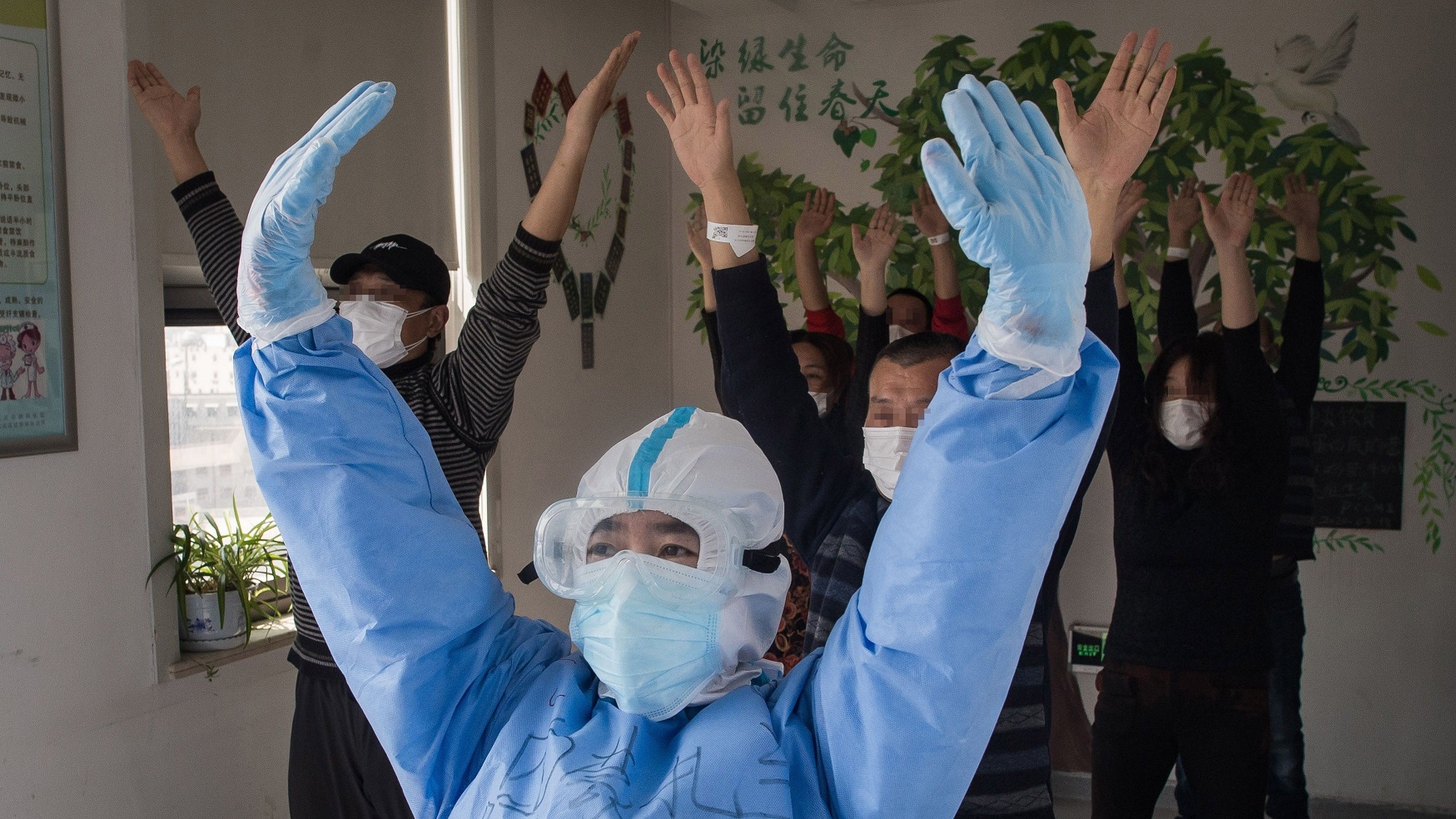China Lifts Its Lockdown on Coronavirus Epicenter Wuhan
By Rebecca Davis
LOS ANGELES (Variety.com) – China on Wednesday officially lifted its 76-day lockdown on Wuhan, the city at the coronavirus pandemic’s epicenter, where the disease was first detected.
For the first time in 11 weeks, Wuhan’s more than 11 million residents were able to travel freely again, with tens of thousands choosing to leave by train, plane and automobile at the first opportunity.
“This (is a) day people have long been looking forward to and it is right to be excited. However, this day does not mark the final victory,” read an editorial in the Communist Party mouthpiece, The People’s Daily. “At the moment, we still need to remind ourselves that as Wuhan is unblocked, we can be pleased, but we must not relax.”
China took the unprecedented measure of cutting off travel in and out of the typically bustling industrial hub on Jan. 23 to prevent the further spread of coronavirus, with a surprise diktat that came in the middle of the night. The unexpected measure left many trapped either in or out of their hometowns during Chinese New Year, one of the most important holidays of the year when people travel en masse to be with their families.
Since then, those left in Wuhan have only been allowed out of their homes to buy food or to perform other truly unavoidable tasks.
The end of the lockdown comes the day after China reported no new coronavirus deaths for the first time since January . Only three new coronavirus cases have been reported in Wuhan in the last three weeks. People have officially been allowed to enter the city since March 28.
But life there is still far from back to normal, with schools still closed, businesses struggling to regain their footing, and officials urging residents to continue staying home whenever possible, with continued monitoring of entries and exits in residential compounds.
“There’s barely any business, the restaurants still can’t open, so it’s hard for us to pay the rent,” one shopkeeper told the Associated Press.
Video footage from the AP and Chinese state media showed people wearing face masks going out for strolls in the parks and standing in line to enter shops at a safe social distance from each other. The night the travel ban was lifted, residents gathered on the banks of the Yangtze River to watch a light show stretching across the city’s skyscrapers and bridges to mark the end of the intensive quarantine.
However, Wuhan families and residents are still coming to terms with the trauma of the virus’s toll. Hardly anyone in the city — whose population is larger than Sweden’s — was unaffected in some way. Official figures state there were more than 50,000 coronavirus cases in Wuhan and more than 2,500 deaths, accounting for about 80% of China’s total fatalities.
It comes as no surprise that people have rushed to get out at the earliest opportunity. More than 65,000 people left Wuhan by train and plane within hours of the lockdown lifting, according to local media reports, while hundreds of cars crowded through the toll booths at the edges of the city, queueing to get out.
Those exiting the city must prove they are in good health via a mandatory, government-sanctioned smartphone app, which issues each person a color code that indicates their risk of having and spreading the virus based on their home address, recent contacts and travels and other information.
Healthy residents from other parts of Hubei province have been able to leave their regions for a few weeks already.
Yet even as travel restrictions were lifted in Wuhan Wednesday, new lockdown measures similar to those employed in Wuhan have been imposed in the far northern Chinese city of Suifenhe, which lies on the border with Russia. There, new cases arriving via infected travelers coming across the Russian border have risen to a daily high of 25.
China is doing its best to keep a lid on new spikes of cases, including by drastically reducing the number of inbound international flights and banning all foreigners — even those with valid visas and residence permits — from entering the country, except by special exception.
It had 62 new confirmed cases on Tuesday, up from 32 the day before, the most since March 25, its National Health Commission said. Meanwhile, the number of new asymptomatic cases on Tuesday more than quadrupled to 137.
China’s total number of confirmed cases as of Tuesday was 81,802, with 3,333 deaths.

